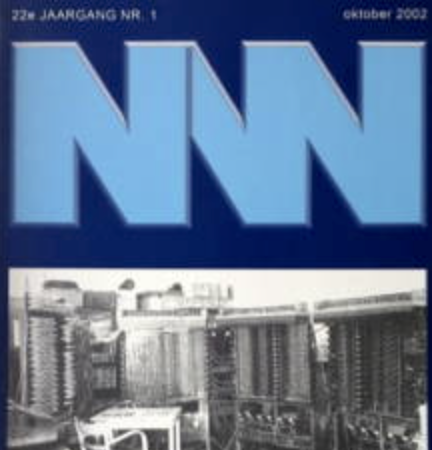Van Erathostenes tot CITO-toets

Tijdschrift voor reken-wiskundeonderwijs, uitgegeven door het Freudenthal Instituut, Universiteit Utrecht in de periode 1981-2013 De Nieuwe Wiskrant berichtte vooral over nieuwe ontwikkelingen op het gebied van wiskundeonderwijs in het voortgezet onderwijs, zoals de vernieuwde tweede fase, ict in het onderwijs, de nieuwe plannen voor vmbo, zelfstandig leren, toetsen en examens, de A-lympiade, de Nationale Wiskunde Dagen, e.d. |
Streefland, L.
Nieuwe Wiskrant. Tijdschrift voor Nederlands Wiskundeonderwijs In the third century before Christ Erathostenes estimated the circumference of the earth by means of a procedure which was based on the determination of the altitude of the sun at different places on earth. His resuIt of 250.000 stadia proved to be a good distance judging and resisted efforts to improve it for about twenty centuries. The article involved is concerned with estimation, estimates, reliability, (in)accuracy, errors and sources of errors. Except the beautiful example of Erathostenes’ way of determining the circumference of the earth another example from history of mathematics concerning rounding of numbers has been discussed, namely the way Christiaan Huygens and Jacob Bernoulli treated the question what expectation one may have to throw a double-six with two dice in twenty-four turns. Besides those two interesting historical cases, fitting to the subject involved, some examples from instructional material of both IOWO and CITO (Central Institute for the Development of Schooltests) have been discussed as well as some examples from daily life, newspapers and so on. It is emphaslzed that the development of this aspect of mathematical attitude, to be able to apply correct strategies and standards for estimation should not be neglected by mathematics education as it seems to be. |
U moet ingelogd zijn om een reactie te kunnen plaatsen.


